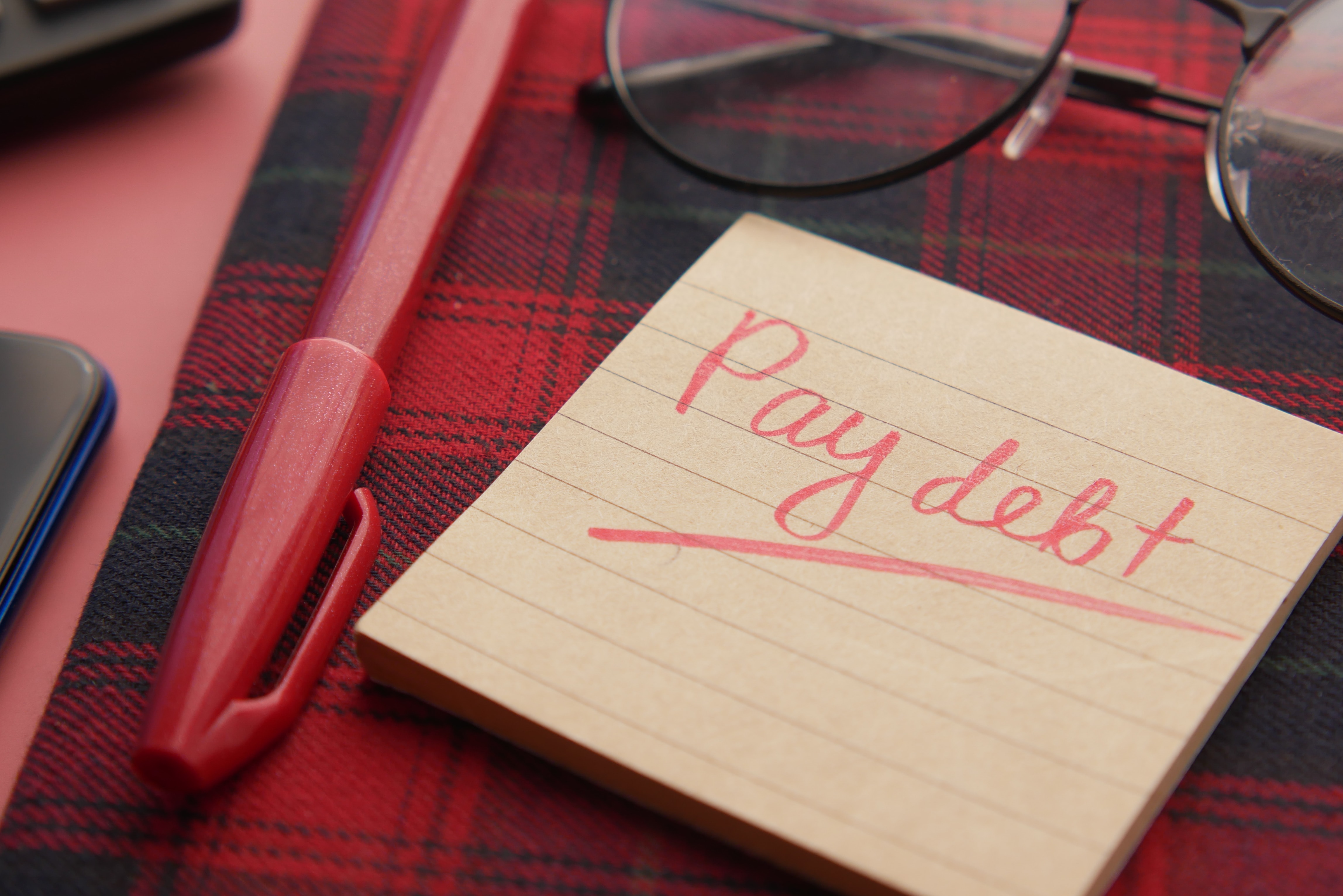The allure of credit cards is undeniable. They offer the convenience of instant purchasing power, the ability to build a good credit score, and the potential to earn rewards. However, their misuse can lead to a challenging predicament—credit card debt. Fortunately, with the right strategies and a determined mindset, you can effectively manage and reduce your debt, paving the way for a healthier financial future. This comprehensive guide aims to equip you with the tools and knowledge you need to tackle credit card debt head-on.
Understanding Credit Card Debt
To effectively combat credit card debt, it's critical to comprehend its nature and how it accumulates. Credit card debt arises when you borrow money from a credit card issuer, usually by making purchases with the card. While this seems straightforward, the high interest rates and additional charges can quickly make it a formidable burden.
How Credit Card Debt Accumulates
Credit card debt builds up when you spend more than you can repay each month. The remaining balance rolls over to the next billing cycle, attracting interest. This interest is compounded over time, causing your debt to swell if left unchecked.
Understanding the impact of compound interest is crucial in comprehending the gravity of credit card debt. Compound interest is interest calculated on the initial principal, which also includes all of the accumulated interest from previous periods. With credit cards, this interest is typically compounded daily, causing the total debt to grow rapidly.
For instance, let's consider a credit card debt of $1,000 with an Annual Percentage Rate (APR) of 20%. If you only make the minimum payment each month, the initial $1,000 can balloon into a much larger amount due to the compounding interest.
Moreover, credit card issuers often charge additional fees. These can include annual fees, late payment fees, cash advance fees, and foreign transaction fees. These charges can add to your outstanding balance, further increasing your debt.
The Impact of Credit Card Debt
Credit card debt can have serious repercussions on your financial health. It can significantly impact your credit score and future borrowing capacity. High debt levels increase your credit utilization ratio, a key factor in determining your credit score. In the long run, chronic debt can lead to financial stress, affecting your quality of life.
Strategies for Reducing Credit Card Debt
Reducing credit card debt effectively requires a systematic approach and unwavering commitment. Here are some strategies that can help you in this endeavor.
Create a Budget
Creating a budget is a fundamental step in managing your finances and reducing your debt. A budget serves as a financial blueprint, guiding your spending decisions and helping you live within your means.
Start by tracking your income and expenses. Write down all your income sources, including wages, tips, and any side gigs. Next, list all your monthly expenses. Be thorough and include everything from major payments such as rent or mortgage to smaller expenses like streaming services or your morning coffee.
Once you have a clear understanding of your income and expenses, you can identify areas where you can cut back. Are there unnecessary subscriptions you can cancel? Can you dine out less often? Finding ways to reduce your expenses can free up more money to pay off your debt.
Next, allocate a part of your income towards debt repayment. The more you can put towards your debt, the faster you'll be able to pay it off. However, it's also essential to maintain a balance. Don't allocate so much towards debt repayment that you're left with nothing for emergencies or daily living expenses.
Consider using budgeting apps or software to streamline this process. These tools can automatically track your income and expenses, categorize your spending, and provide insights into your financial habits. They can also help you set and track financial goals, such as paying off a certain amount of debt each month.
Remember, the goal of a budget isn't to restrict your spending but to give you control over your finances. It's a plan that allows you to prioritize your spending, manage your money effectively, and stay focused on your long-term financial goals.
Prioritize Your Debts
If you're dealing with multiple debts, prioritizing them can make the repayment process more manageable and potentially save you money.
There are several ways to prioritize debts. Two popular methods are the avalanche method and the snowball method.
The Avalanche Method
The avalanche method involves paying off debts with the highest interest rates first. This approach can save you the most money in interest over time.
For example, suppose you have three credit cards with balances of $1,000 each, but they have different interest rates: 15%, 20%, and 25%. With the avalanche method, you'd focus on paying off the card with the 25% interest rate first, while making minimum payments on the other two. Once the first card is paid off, you'd focus on the card with the 20% interest rate, and so on.
The Snowball Method
The snowball method, on the other hand, focuses on paying off the smallest debts first. This method can provide quicker wins and help keep you motivated.
Using the same example as above but with different balances—$500, $1,000, and $2,000—you'd first pay off the card with the $500 balance. The idea is that paying off a small debt in full can give you a sense of achievement, motivating you to tackle larger debts.
Both methods have their merits, and the best one for you depends on your personal circumstances and preferences. Some people find that the avalanche method makes the most financial sense, while others prefer the motivation boost that the snowball method provides.
The Journey to Becoming Debt-Free
Even after you've reduced your debt, maintaining a debt-free lifestyle is crucial to avoid falling back into the debt trap. Living without the burden of credit card debt involves consistent effort and a conscious commitment to good financial habits. This includes sticking to your budget, saving for emergencies, using credit responsibly, and regularly monitoring your credit.
Q&A Section
Q: How does credit card interest work? A: Credit card interest is typically calculated on a daily basis, based on your card's annual percentage rate (APR) and your daily balance. If you carry a balance from month to month, interest will be added to your total balance.
Q: Can credit card debt be negotiated? A: Yes. In some cases, you can negotiate with your credit card issuer to lower your interest rate or create a payment plan that fits your budget. This is often referred to as a hardship plan.
Q: What's the impact of credit card debt on my credit score? A: High credit card debt can negatively affect your credit score. It increases your credit utilization ratio—a key factor in credit scoring formulas. If your ratio is high, it can indicate to lenders that you're over-reliant on credit, which can lower your score.
Q: What is debt consolidation? A: Debt consolidation involves taking out a new loan to pay off multiple debts. This can make managing your debt easier, as you'll only have one payment to make each month. Plus, you might qualify for a lower interest rate, which can save you money over time.
Q: How can I avoid accumulating credit card debt? A: The best way to avoid accumulating credit card debt is to use your credit responsibly. This means charging only what you can afford to pay off each month, making payments on time, and keeping your credit utilization ratio low.
Reducing credit card debt may seem like a daunting task, but with the right approach and determination, it's entirely achievable. Understanding how credit card debt works, implementing effective debt reduction strategies, and maintaining a financially responsible lifestyle are key to managing and reducing credit card debt.
Take control of your financial health today by embarking on your journey towards reducing credit card debt. Not only will you experience less financial stress, but you'll also enjoy the benefits of improved creditworthiness and the freedom that comes with being debt-free. Remember, the journey of a thousand miles begins with a single step. Start your journey today, and pave the way for a brighter financial future.
In-depth Case Study
For a more practical understanding, let's consider the case of John, a 30-year-old professional. John found himself juggling multiple credit card debts, each with varying interest rates and balances. Overwhelmed and unsure where to start, John decided to take control of his financial health.
First, John sought to understand how his credit card debt had accumulated. He realized that his spending habits had gotten out of control, and his failure to pay off his balances each month had resulted in compounded interest and increased debt.
Next, John set out to create a realistic budget. He tracked his income and expenses meticulously and identified areas where he could cut back. He canceled unnecessary subscriptions, opted for home-cooked meals instead of dining out, and limited his impulse purchases.
John then allocated a significant portion of his income to debt repayment. He prioritized his debts, opting for the avalanche method as it made the most financial sense to him. He focused on repaying the card with the highest interest rate while making minimum payments on the other cards.
Over time, John saw his credit card balances decrease. It was a slow process, but seeing the progress kept him motivated. Eventually, he was able to pay off his debts entirely.
John's story serves as a testament that with the right strategies and a dedicated mindset, overcoming credit card debt is achievable. His journey wasn't easy, but his commitment to his financial health allowed him to regain control over his finances and pave the way for a debt-free future.










